Home>Home Appliances>Heating & Cooling>How To Replace The Passenger Side Air Heating Element In A 2013 Chevy Cruze
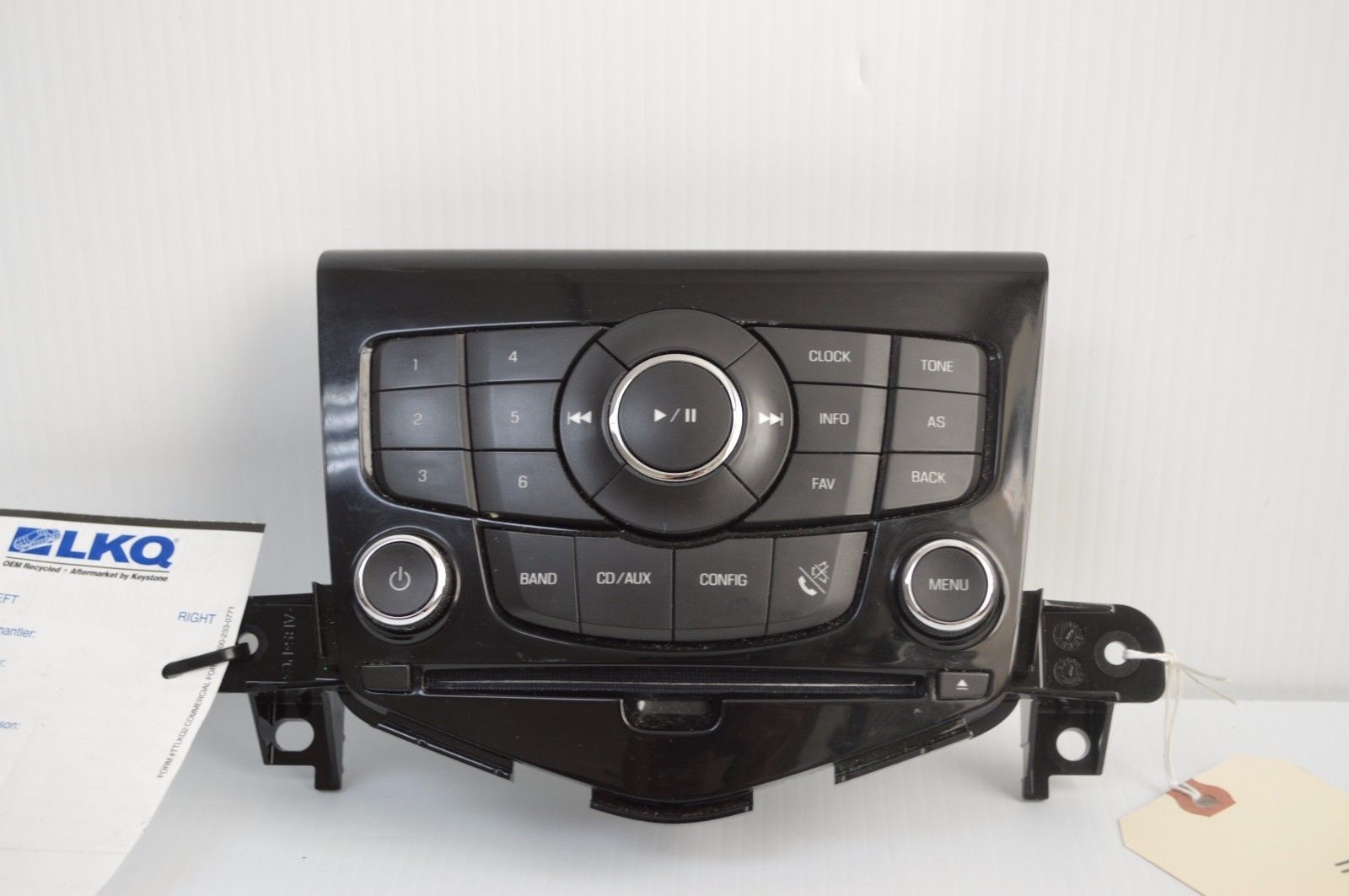

Heating & Cooling
How To Replace The Passenger Side Air Heating Element In A 2013 Chevy Cruze
Published: February 15, 2024
Learn how to replace the passenger side air heating element in a 2013 Chevy Cruze with our step-by-step guide. Keep your heating and cooling system in top condition!
(Many of the links in this article redirect to a specific reviewed product. Your purchase of these products through affiliate links helps to generate commission for Storables.com, at no extra cost. Learn more)
Introduction
Replacing the passenger side air heating element in a 2013 Chevy Cruze is a task that can significantly enhance the comfort and functionality of your vehicle's heating system. The air heating element, also known as the heater core, is a crucial component responsible for warming the air that circulates into the passenger compartment. Over time, wear and tear can compromise its efficiency, leading to diminished heating performance or even leaks. By replacing the heating element, you can restore optimal heating function and ensure a cozy interior, especially during colder months.
This comprehensive guide will walk you through the step-by-step process of replacing the passenger side air heating element in your 2013 Chevy Cruze. Whether you're a seasoned DIY enthusiast or a first-time car owner looking to tackle a new project, this guide will equip you with the knowledge and confidence to successfully complete this task. With the right tools, a bit of patience, and attention to detail, you can effectively replace the air heating element and enjoy the benefits of a fully functional heating system in your Chevy Cruze.
By following the instructions outlined in this guide, you'll not only save on costly dealership or mechanic fees but also gain a deeper understanding of your vehicle's heating system. Additionally, taking on this maintenance task yourself can be a rewarding experience, allowing you to take pride in maintaining and improving the performance of your Chevy Cruze.
Now, let's dive into the step-by-step process of replacing the passenger side air heating element in your 2013 Chevy Cruze, empowering you to take control of your vehicle's comfort and functionality.
Key Takeaways:
- Replacing the passenger side air heating element in a 2013 Chevy Cruze can be done by following a step-by-step guide, saving money and gaining a deeper understanding of your vehicle’s heating system.
- By taking on the task of replacing the air heating element, you can enjoy a cozy interior and a sense of accomplishment, while also ensuring the optimal functionality of your Chevy Cruze’s heating system.
Step 1: Gather the necessary tools and materials
Before embarking on the task of replacing the passenger side air heating element in your 2013 Chevy Cruze, it's essential to gather all the required tools and materials. Having the right equipment at your disposal will streamline the process and ensure a smooth and efficient replacement. Here's a comprehensive list of the tools and materials you'll need:
Tools:
- Socket Set: A set of sockets and ratchets in various sizes will be essential for removing bolts and fasteners.
- Screwdrivers: Both flat-head and Phillips-head screwdrivers will come in handy for removing panels and accessing components.
- Pliers: A pair of pliers will be useful for handling small components and securing clamps.
- Torque Wrench: This tool will be necessary for tightening bolts to the manufacturer's specifications during reassembly.
- Trim Removal Tools: These specialized tools will aid in safely removing interior trim pieces without causing damage.
- Safety Glasses and Gloves: Ensuring personal safety is crucial, so be sure to have protective eyewear and gloves on hand.
Materials:
- Replacement Air Heating Element: Acquire a high-quality replacement air heating element that is compatible with your 2013 Chevy Cruze model.
- Coolant: It's advisable to have a fresh supply of coolant on hand to replenish the system during reassembly.
- Shop Rags: Keeping a supply of clean shop rags nearby will help in managing any spills or coolant drips.
- Sealant or Gasket: Depending on the specific requirements of your Chevy Cruze model, you may need sealant or a new gasket for the installation.
- Plastic Bags or Containers: These will be useful for organizing and storing small components and fasteners during disassembly.
By ensuring that you have all the necessary tools and materials ready before starting the replacement process, you'll be well-prepared to tackle the task efficiently and effectively. This proactive approach will minimize interruptions and allow you to focus on the precise execution of each step, ultimately leading to a successful replacement of the passenger side air heating element in your 2013 Chevy Cruze.
Step 2: Locate the passenger side air heating element
Locating the passenger side air heating element in your 2013 Chevy Cruze is a crucial initial step in the replacement process. The air heating element, also known as the heater core, is responsible for generating the warm air that circulates into the vehicle's interior. To begin the location process, you'll need to access the interior of the vehicle and identify the specific area where the passenger side air heating element is housed.
-
Accessing the Interior: Start by entering the passenger compartment of your Chevy Cruze. The air heating element is typically located within the HVAC (Heating, Ventilation, and Air Conditioning) housing, which can be found behind the dashboard on the passenger side. Depending on the vehicle model and design, accessing this area may require the removal of certain interior panels or trim pieces.
-
Consulting the Vehicle Manual: If you're unsure about the exact location of the air heating element, referring to the vehicle manual can provide valuable insights. The manual often contains detailed diagrams and descriptions of the HVAC system components, including the heater core. It's a good practice to familiarize yourself with the layout of the HVAC housing before proceeding further.
-
Identifying the HVAC Housing: Once you have a general understanding of the HVAC system's layout, visually inspect the passenger side area behind the dashboard. Look for a compact unit or assembly that resembles a small radiator. The air heating element is contained within this housing and is connected to the vehicle's coolant circulation system.
-
Noting the Inlet and Outlet Tubes: The air heating element is equipped with inlet and outlet tubes that facilitate the flow of coolant for heat exchange. These tubes are connected to the vehicle's cooling system and are integral to the heating process. By identifying these tubes, you can confirm the location of the air heating element within the HVAC housing.
-
Taking Precautions: As you locate the air heating element, exercise caution when handling interior components and panels. Avoid applying excessive force or causing damage to surrounding parts. If necessary, use trim removal tools to gently disengage any panels obstructing your view of the HVAC housing.
By carefully locating the passenger side air heating element, you'll gain a clear understanding of its position within the vehicle's interior. This knowledge will serve as a solid foundation for the subsequent steps of disconnecting, removing, and replacing the air heating element, allowing you to proceed with confidence and precision.
Read more: How To Replace A Dishwasher Heating Element
Step 3: Disconnect the power source
Disconnecting the power source is a critical step in the process of replacing the passenger side air heating element in your 2013 Chevy Cruze. The power source, in this case, refers to the electrical and coolant connections that supply energy and facilitate the heating function of the air heating element. By disconnecting these connections, you'll ensure a safe and controlled environment for the subsequent removal and installation procedures.
Here's a detailed breakdown of the steps involved in disconnecting the power source:
-
Turn Off the Engine: Before initiating any disconnection of power sources, it's imperative to turn off the engine and allow the vehicle to cool down. This precautionary measure prevents accidental exposure to hot coolant and reduces the risk of electrical mishaps. Additionally, ensure that the HVAC system is set to the off position to minimize airflow during the disconnection process.
-
Locate the Coolant Lines: As the air heating element is integrated into the vehicle's cooling system, it's essential to identify the inlet and outlet coolant lines connected to the heating element. These lines are responsible for circulating hot coolant through the heater core, enabling the transfer of heat to the interior air. Carefully trace the lines from the heating element to their respective connections within the engine compartment.
-
Drain the Coolant: To prevent spillage and contamination, it's advisable to drain the coolant from the system before disconnecting the lines. Position a suitable container beneath the coolant drain valve, typically located at the bottom of the radiator, and carefully open the valve to allow the coolant to flow out. This step ensures a clean and controlled disconnection process, minimizing the risk of coolant leakage.
-
Disconnect Electrical Connections: In addition to the coolant lines, the air heating element is also powered by electrical connections that enable its heating function. Locate the electrical connectors attached to the heating element and carefully disconnect them. Exercise caution and ensure that the vehicle's electrical system is completely deactivated to avoid any potential electrical hazards.
-
Cap and Secure Coolant Lines: After disconnecting the coolant lines, cap the open ends to prevent debris ingress and coolant leakage. Utilize appropriate caps or plugs designed for coolant lines and ensure a secure fit to maintain system integrity. This step is crucial in preparing the heating element for removal and minimizing the risk of coolant spillage.
By meticulously following these steps to disconnect the power source, you'll create a safe and controlled environment for the subsequent removal and replacement of the passenger side air heating element in your 2013 Chevy Cruze. This meticulous approach ensures that the disconnection process is executed with precision and safety in mind, setting the stage for the seamless progression of the replacement procedure.
Step 4: Remove the old air heating element
Removing the old air heating element from your 2013 Chevy Cruze is a pivotal phase in the replacement process, requiring careful attention to detail and precision. The removal procedure involves disengaging the heating element from its housing within the HVAC system, ensuring that all connections and fasteners are properly addressed to facilitate a seamless extraction. Here's a comprehensive guide to effectively removing the old air heating element:
-
Accessing the HVAC Housing: Begin by gaining clear access to the HVAC housing where the air heating element is located. Depending on the vehicle's design, this may involve removing interior panels, trim pieces, or accessing the engine compartment to reach the heater core assembly. Exercise caution and refer to the vehicle manual for specific instructions on accessing the HVAC housing.
-
Identifying Mounting Fasteners: Once the HVAC housing is accessible, identify the mounting fasteners securing the air heating element in place. These fasteners may be in the form of screws, bolts, or clips, and their locations can vary based on the vehicle model. Utilize the appropriate tools, such as a socket set or screwdrivers, to carefully remove the fasteners without causing damage to surrounding components.
-
Disconnecting Coolant Lines: With the mounting fasteners removed, proceed to disconnect the inlet and outlet coolant lines attached to the air heating element. Exercise caution when handling the coolant lines to prevent spills and contamination. Utilize a suitable container to capture any residual coolant that may drain from the lines during disconnection.
-
Removing the Heating Element: Once the coolant lines are disconnected, carefully maneuver the old air heating element out of the HVAC housing. Take note of any additional connections or brackets securing the heating element in place and address them accordingly. Exercise patience and precision to ensure a smooth removal process without causing damage to the surrounding components.
-
Inspecting the Housing: With the old air heating element removed, take the opportunity to inspect the HVAC housing for any signs of debris, corrosion, or damage. Clear any obstructions or buildup that may impede the installation of the new heating element, ensuring a clean and well-prepared environment for the replacement.
By meticulously following these steps to remove the old air heating element, you'll pave the way for a successful replacement process, setting the stage for the installation of the new heating element. This phase of the procedure demands attention to detail and a methodical approach to ensure that the old heating element is safely and effectively disengaged from the HVAC system, making room for the installation of its replacement.
Step 5: Install the new air heating element
Installing the new air heating element in your 2013 Chevy Cruze marks a significant milestone in the replacement process, heralding the transition from disassembly to reassembly. This pivotal step requires meticulous attention to detail and precision to ensure the seamless integration of the new heating element into the HVAC system. By following a systematic approach and leveraging the knowledge gained from the removal of the old heating element, you can effectively install the new component and set the stage for the restoration of optimal heating functionality in your vehicle.
Here's a comprehensive guide to installing the new air heating element:
-
Positioning the New Heating Element: Carefully maneuver the new air heating element into the HVAC housing, aligning it with the mounting points and ensuring a secure fit. Exercise caution to prevent damage to the component or surrounding parts during the installation process.
-
Reconnecting Coolant Lines: Reconnect the inlet and outlet coolant lines to the new heating element, ensuring a snug and leak-free connection. Take care to tighten the connections to the manufacturer's specifications, preventing potential coolant leaks and ensuring efficient heat exchange.
-
Securing Mounting Fasteners: Once the new heating element is in place, secure it by reattaching the mounting fasteners, such as screws, bolts, or clips. Ensure that the fasteners are tightened appropriately to hold the heating element securely within the HVAC housing.
-
Addressing Electrical Connections: If the new heating element features electrical connections, carefully reconnect them to restore power to the component. Exercise caution and ensure that the electrical system is safely reactivated to facilitate the heating function.
-
Verifying Proper Alignment: Double-check the positioning and alignment of the new air heating element within the HVAC housing, confirming that it sits securely and does not obstruct surrounding components. This verification step is crucial in ensuring the integrity and functionality of the heating system.
-
Inspecting for Leaks: After the installation is complete, inspect the coolant connections for any signs of leakage. This proactive measure allows you to identify and address potential issues before they escalate, ensuring the integrity of the cooling system.
By meticulously following these steps to install the new air heating element, you'll effectively integrate the replacement component into the HVAC system, setting the stage for the restoration of optimal heating performance in your 2013 Chevy Cruze. This phase of the process demands precision and attention to detail, culminating in the successful installation of the new heating element and a significant stride toward revitalizing your vehicle's heating functionality.
When replacing the passenger side air heating element in a 2013 Chevy Cruze, make sure to disconnect the car battery and wait for the system to cool down before starting the replacement process. Always follow the manufacturer’s instructions and use the correct tools for the job.
Step 6: Reconnect the power source
Reconnecting the power source is a pivotal phase in the process of replacing the passenger side air heating element in your 2013 Chevy Cruze. This step involves restoring the electrical and coolant connections that power and facilitate the heating function of the new air heating element. By carefully reestablishing these vital connections, you ensure the seamless integration of the replacement component into the vehicle's heating system, setting the stage for the resumption of optimal heating performance.
Here's a detailed breakdown of the steps involved in reconnecting the power source:
-
Reconnecting Coolant Lines: Begin by reattaching the inlet and outlet coolant lines to the new air heating element. Ensure that the connections are secure and free from any leaks. Tighten the connections to the manufacturer's specifications, preventing potential coolant seepage and ensuring efficient heat exchange within the heating element.
-
Addressing Electrical Connections: If the new heating element features electrical connections, carefully reconnect them to restore power to the component. Exercise caution and ensure that the electrical system is safely reactivated to facilitate the heating function. Verify that the electrical connections are secure and properly seated, minimizing the risk of electrical issues during operation.
-
Refilling the Coolant System: With the coolant lines reconnected, replenish the cooling system with the appropriate coolant to the recommended level. This step is essential for maintaining the proper functioning of the heating element and ensuring the vehicle's overall cooling system operates optimally. Follow the manufacturer's guidelines for the correct coolant type and filling procedure.
-
Pressure Testing (Optional): Consider conducting a pressure test on the cooling system to verify the integrity of the connections and the absence of leaks. This proactive measure allows you to identify and address any potential issues before they impact the heating system's performance, ensuring the overall reliability of the cooling system.
-
Verifying Functionality: After reconnecting the power source, start the vehicle's engine and activate the heating system to verify the functionality of the new air heating element. Monitor the heating performance and ensure that warm air is consistently and effectively circulated into the passenger compartment. This verification step confirms the successful reconnection of the power source and the restoration of the vehicle's heating functionality.
By meticulously following these steps to reconnect the power source, you ensure the seamless integration of the new air heating element into the vehicle's heating system, setting the stage for the resumption of optimal heating performance in your 2013 Chevy Cruze. This phase of the process demands precision and attention to detail, culminating in the successful reestablishment of the power source and a significant stride toward revitalizing your vehicle's heating functionality.
Read more: How To Replace A Heating Element In A Dryer
Step 7: Test the new air heating element
Testing the new air heating element is a crucial phase in the process of replacing the passenger side air heating element in your 2013 Chevy Cruze. This step serves as the final validation of the successful integration of the replacement component and ensures that the vehicle's heating system operates at optimal efficiency. By conducting a comprehensive test, you can verify the functionality of the new air heating element and address any potential issues before returning the vehicle to regular use.
Here's a detailed guide to testing the new air heating element:
-
Activating the Heating System: Start by activating the heating system in your Chevy Cruze, allowing it to run for a few minutes to initiate the circulation of warm air. Set the temperature to a comfortable level and ensure that the system operates smoothly without any unusual noises or odors.
-
Monitoring Airflow: Pay close attention to the airflow from the vehicle's vents, assessing the consistency and temperature of the warm air. The new air heating element should effectively generate and distribute warm air into the passenger compartment, creating a comfortable and cozy environment.
-
Checking for Leaks: While the heating system is in operation, inspect the area around the new air heating element and the coolant connections for any signs of leakage. Vigilantly monitor for coolant drips or wet spots, as these may indicate potential issues with the installation or connections.
-
Verifying Temperature Control: Test the temperature control functionality of the heating system, ensuring that it responds accurately to adjustments. The system should effectively regulate the warmth of the circulated air, allowing for precise temperature control based on user preferences.
-
Assessing Heating Performance: Evaluate the overall heating performance of the vehicle, taking note of the time it takes for the interior to reach a comfortable temperature. The new air heating element should contribute to efficient and prompt heating, enhancing the vehicle's comfort and usability.
-
Ensuring System Integrity: Confirm that all coolant connections are secure and free from leaks, maintaining the integrity of the vehicle's cooling system. A well-sealed and properly functioning cooling system is essential for the efficient operation of the air heating element.
By meticulously conducting these tests, you can confidently verify the successful integration of the new air heating element and ensure the optimal functionality of the vehicle's heating system. This thorough assessment allows you to address any potential issues proactively, providing peace of mind and reaffirming the reliability of the heating system in your 2013 Chevy Cruze.
Conclusion
Congratulations on successfully replacing the passenger side air heating element in your 2013 Chevy Cruze! By following this comprehensive guide, you've taken a proactive approach to maintaining and enhancing the functionality of your vehicle's heating system. The meticulous process of gathering the necessary tools and materials, locating the air heating element, disconnecting and removing the old component, and seamlessly installing and testing the new heating element has empowered you to take control of your vehicle's comfort and performance.
As you reflect on the completion of this maintenance task, it's important to acknowledge the valuable skills and knowledge you've gained throughout the process. Engaging in DIY maintenance not only saves on costly dealership or mechanic fees but also fosters a deeper understanding of your vehicle's intricate systems. The hands-on experience of replacing the air heating element has allowed you to develop a stronger connection with your Chevy Cruze, instilling a sense of pride and accomplishment.
Furthermore, by embracing the DIY approach to vehicle maintenance, you've demonstrated a commitment to proactive care and attention to detail. Your dedication to ensuring the optimal functionality of the heating system reflects a proactive mindset that extends beyond this specific task. It underscores your commitment to maintaining the overall performance and longevity of your vehicle, setting a positive precedent for future maintenance endeavors.
As you return to the driver's seat of your Chevy Cruze, you can now enjoy the reassurance of a fully functional heating system, providing comfort and warmth during your journeys. The successful replacement of the air heating element serves as a testament to your capability and resourcefulness, highlighting your ability to tackle complex maintenance tasks with confidence.
Moving forward, the knowledge and experience gained from this endeavor will continue to serve you well in your automotive maintenance journey. Whether it's addressing other components of the heating and cooling system or exploring additional DIY maintenance opportunities, you're well-equipped to approach future tasks with a sense of empowerment and proficiency.
By taking the initiative to replace the passenger side air heating element in your 2013 Chevy Cruze, you've not only revitalized the comfort and functionality of your vehicle but also embraced the rewarding experience of hands-on maintenance. Your dedication to proactive care and your newfound expertise position you as a capable steward of your vehicle's well-being, ensuring that it continues to serve you reliably for miles to come.
Frequently Asked Questions about How To Replace The Passenger Side Air Heating Element In A 2013 Chevy Cruze
Was this page helpful?
At Storables.com, we guarantee accurate and reliable information. Our content, validated by Expert Board Contributors, is crafted following stringent Editorial Policies. We're committed to providing you with well-researched, expert-backed insights for all your informational needs.
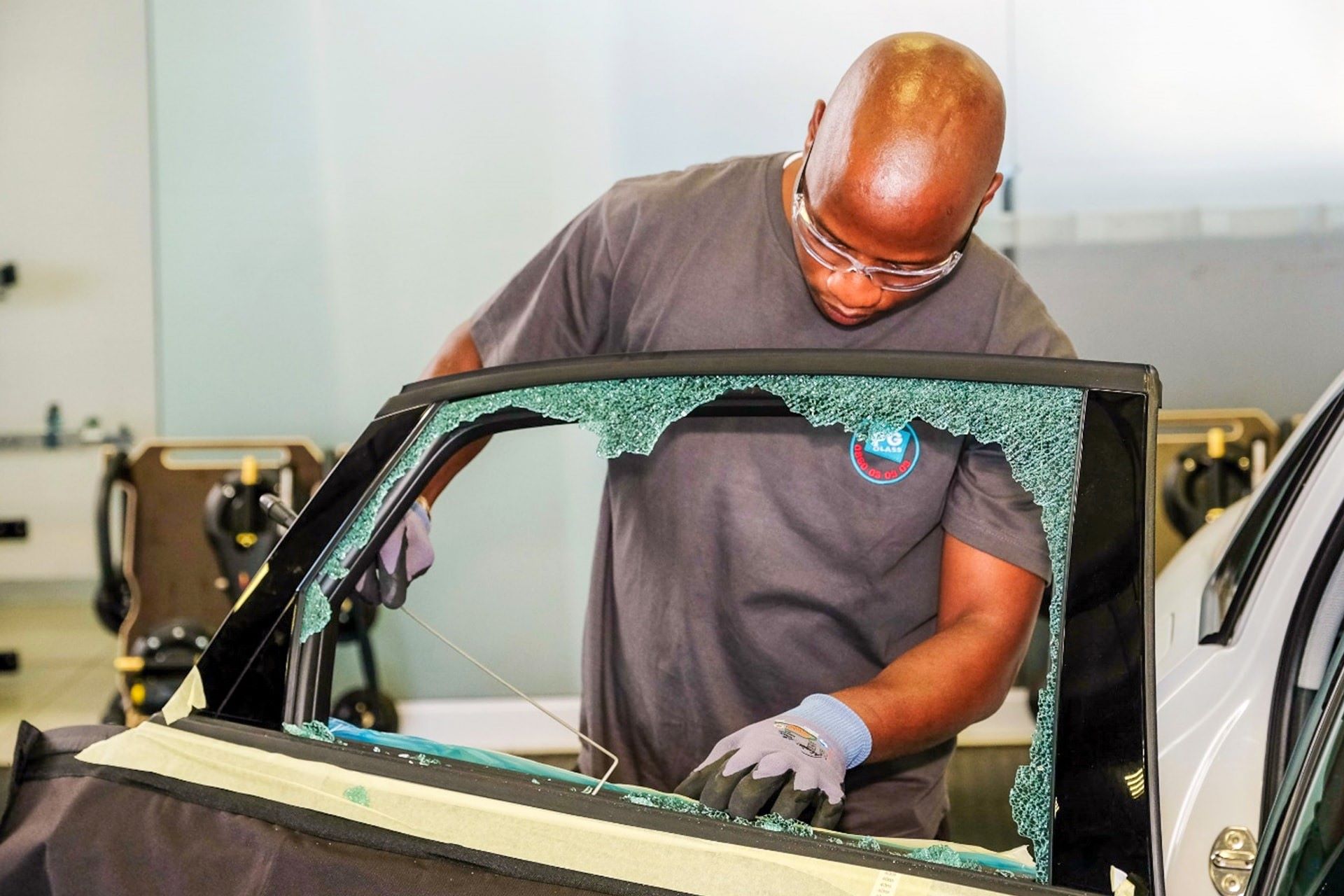
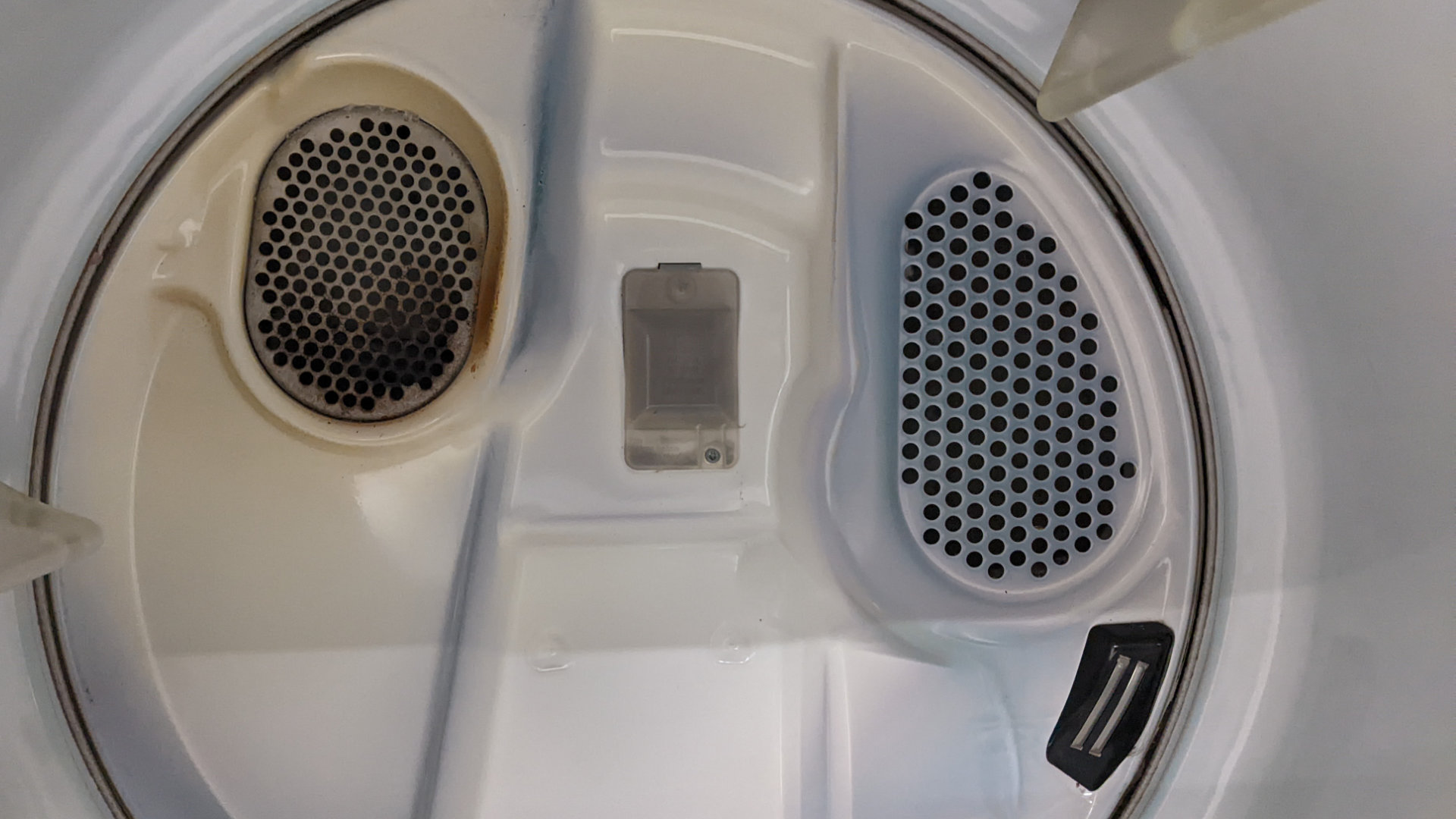
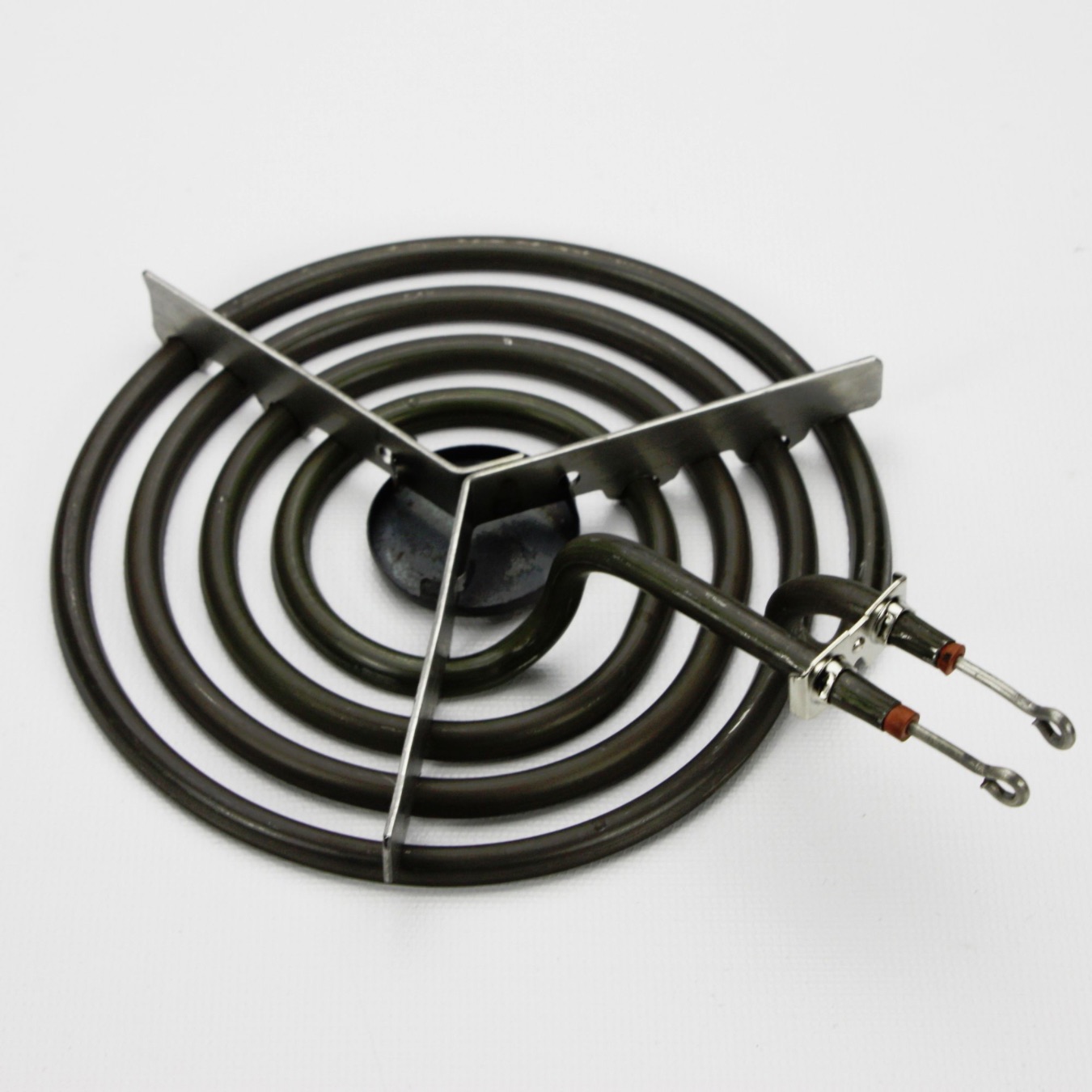
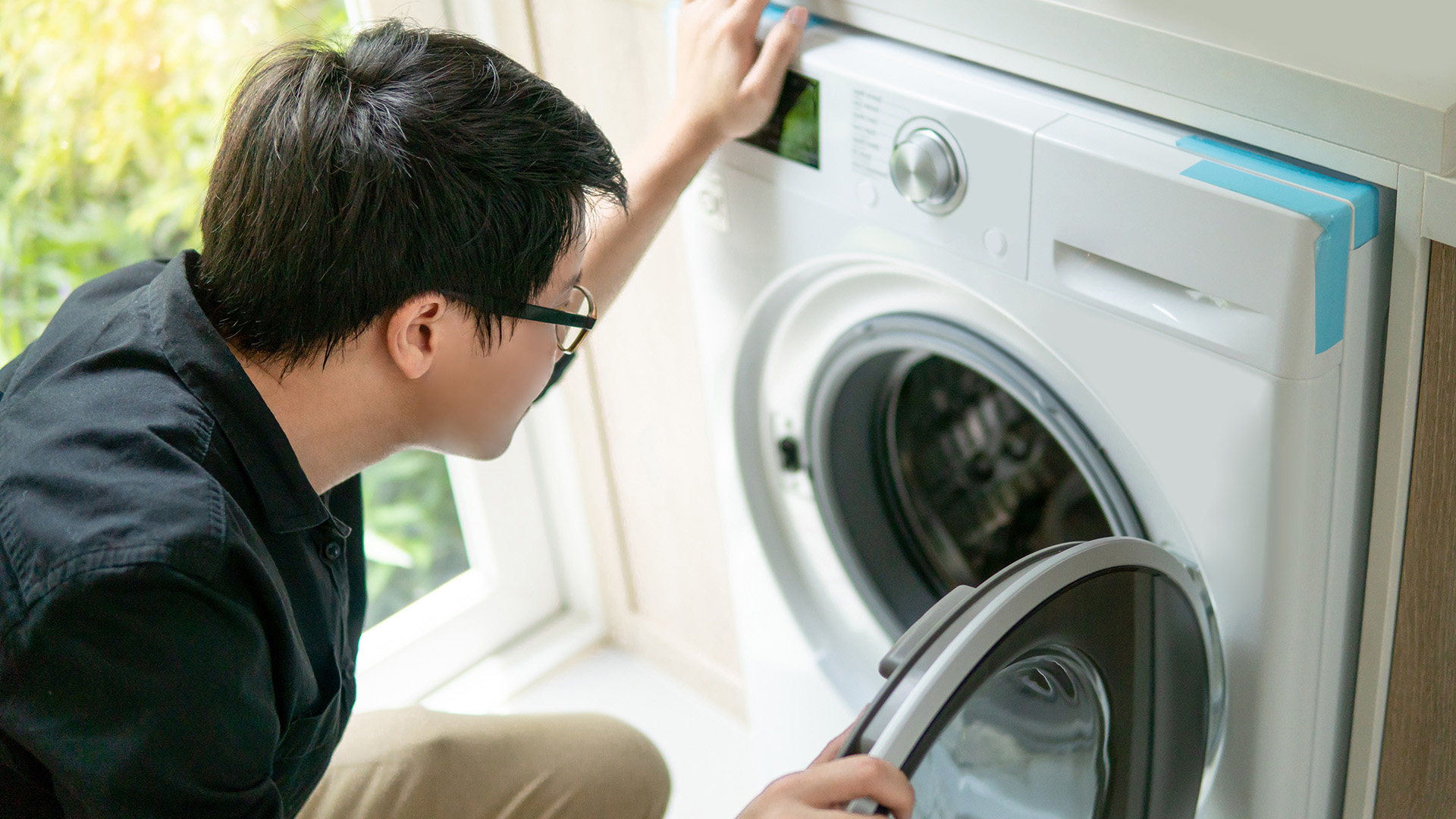
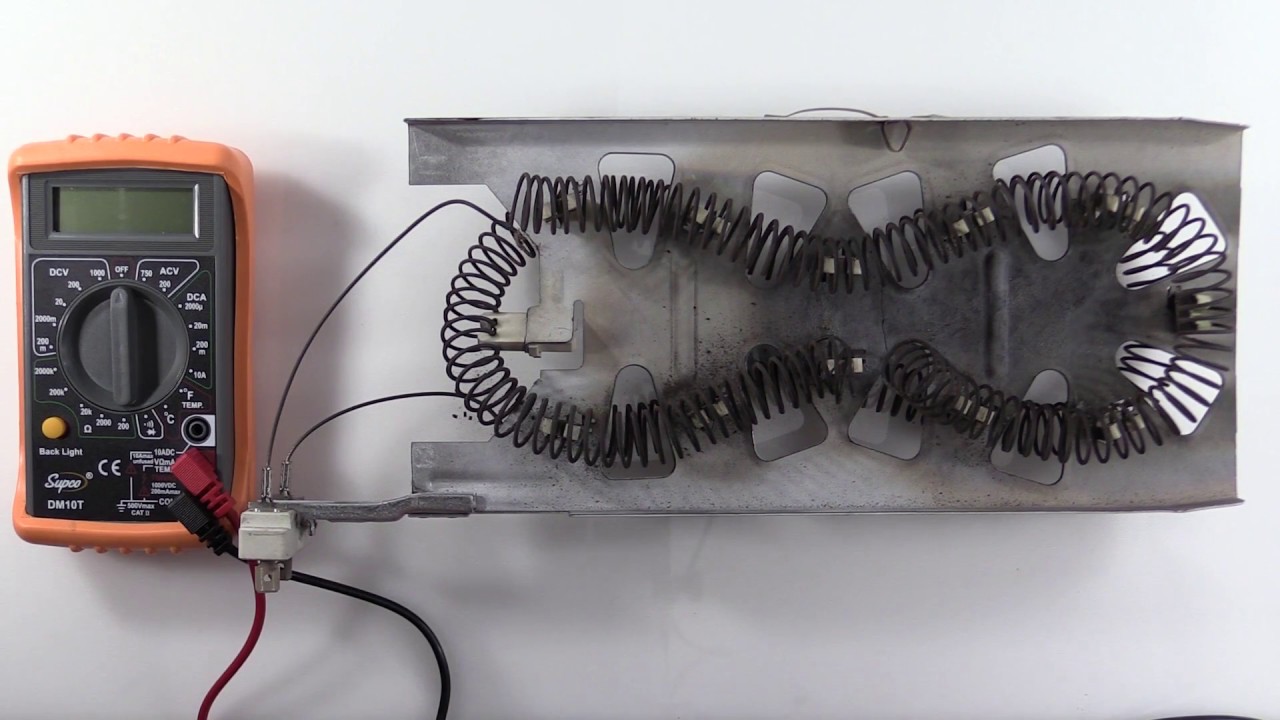
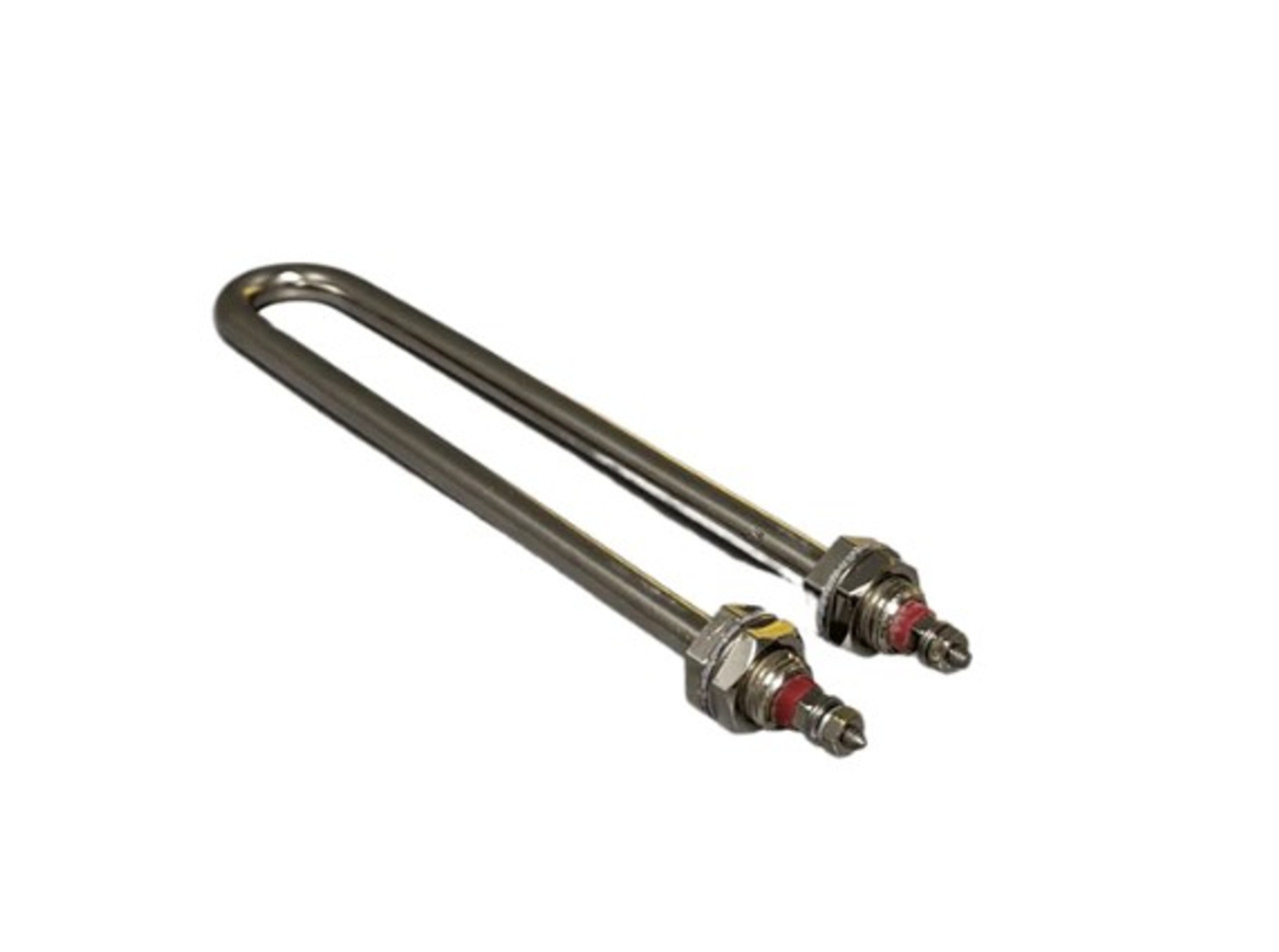
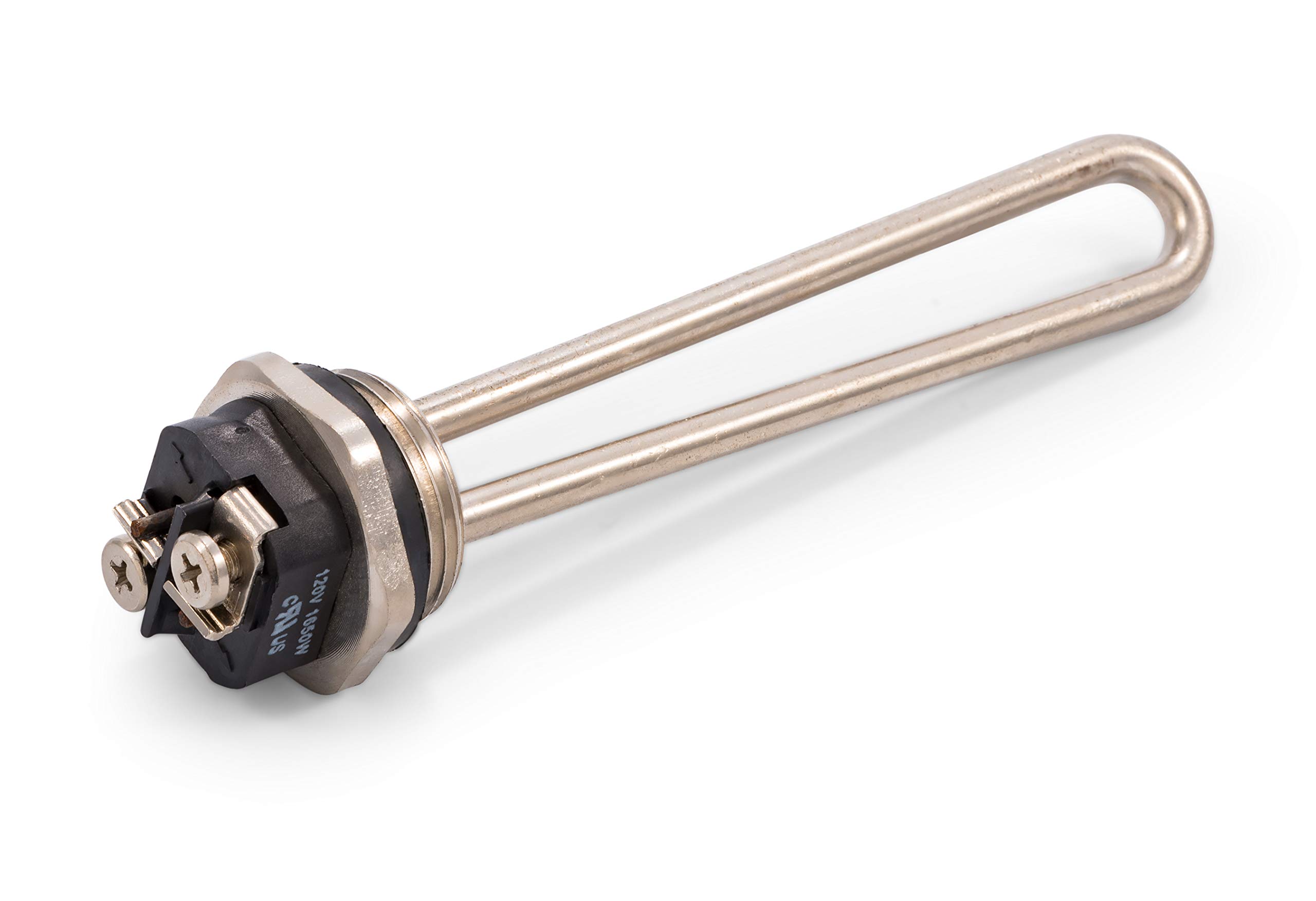
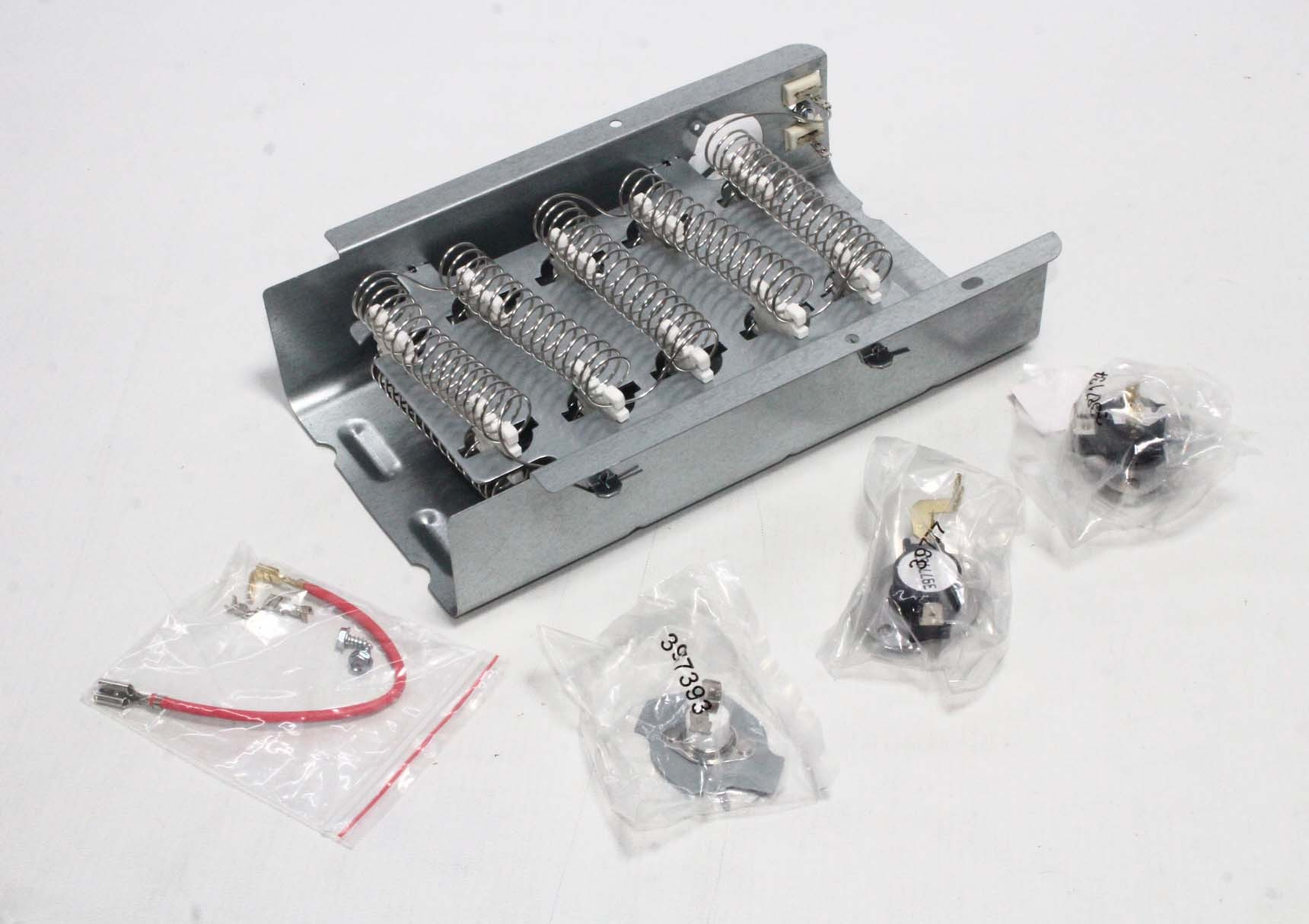
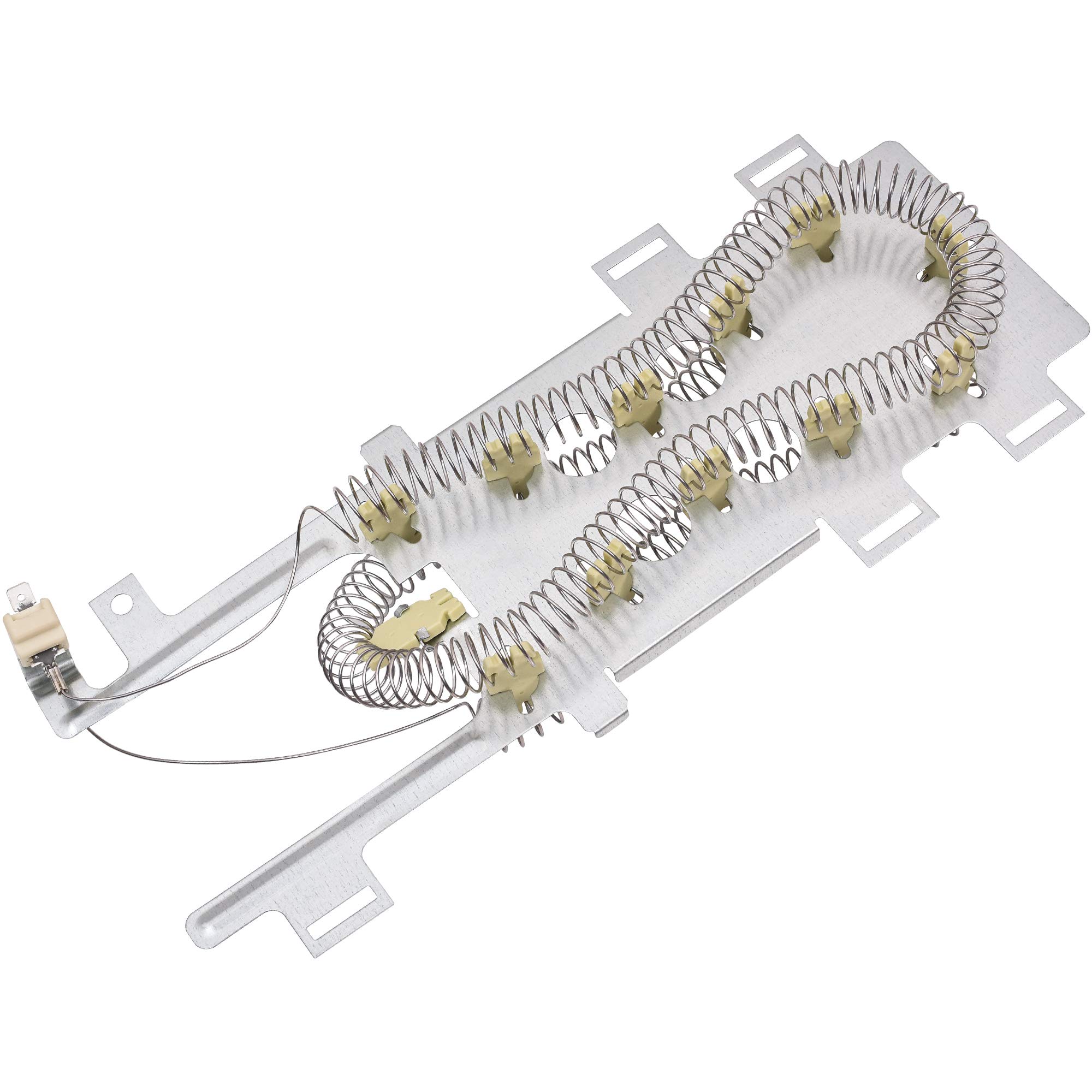
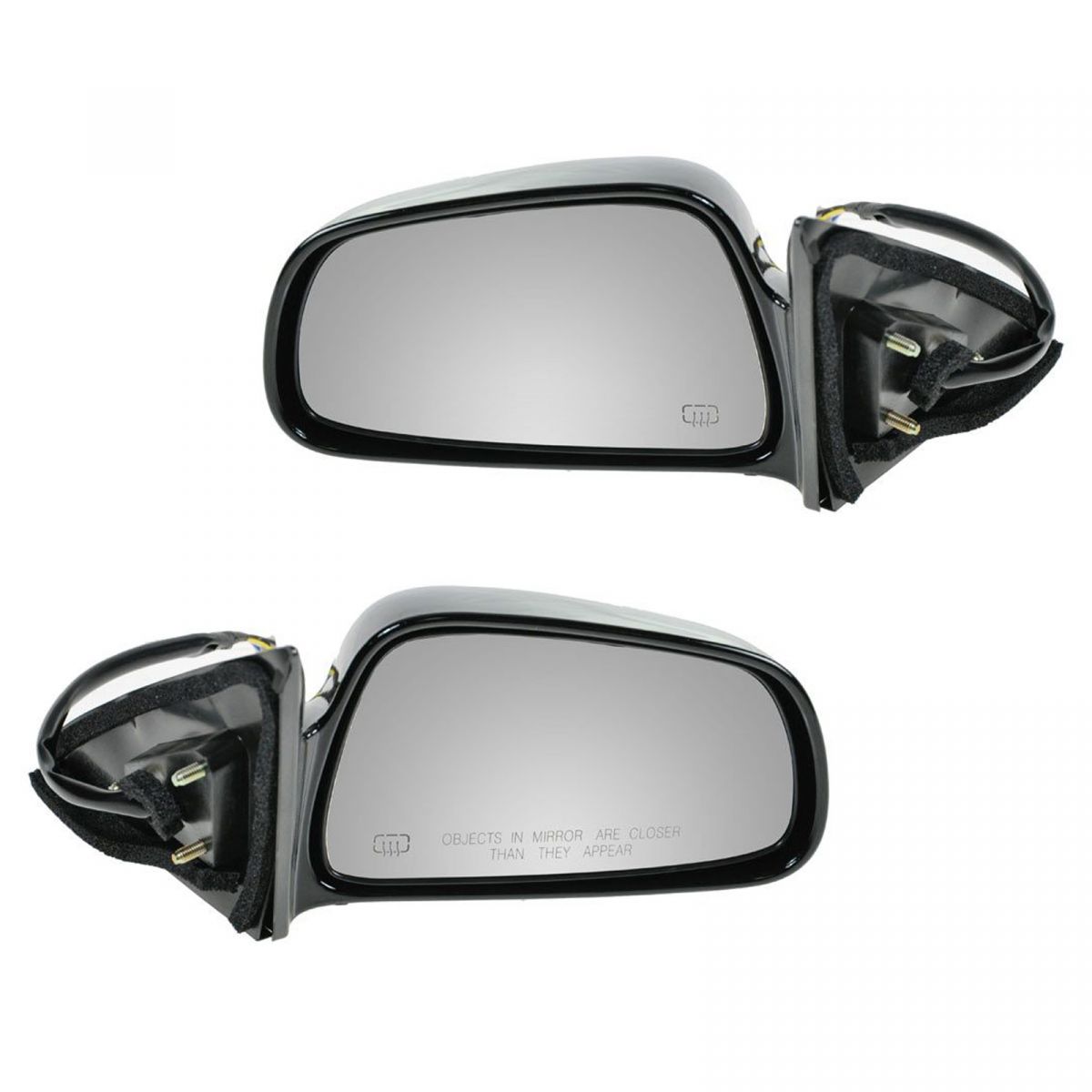
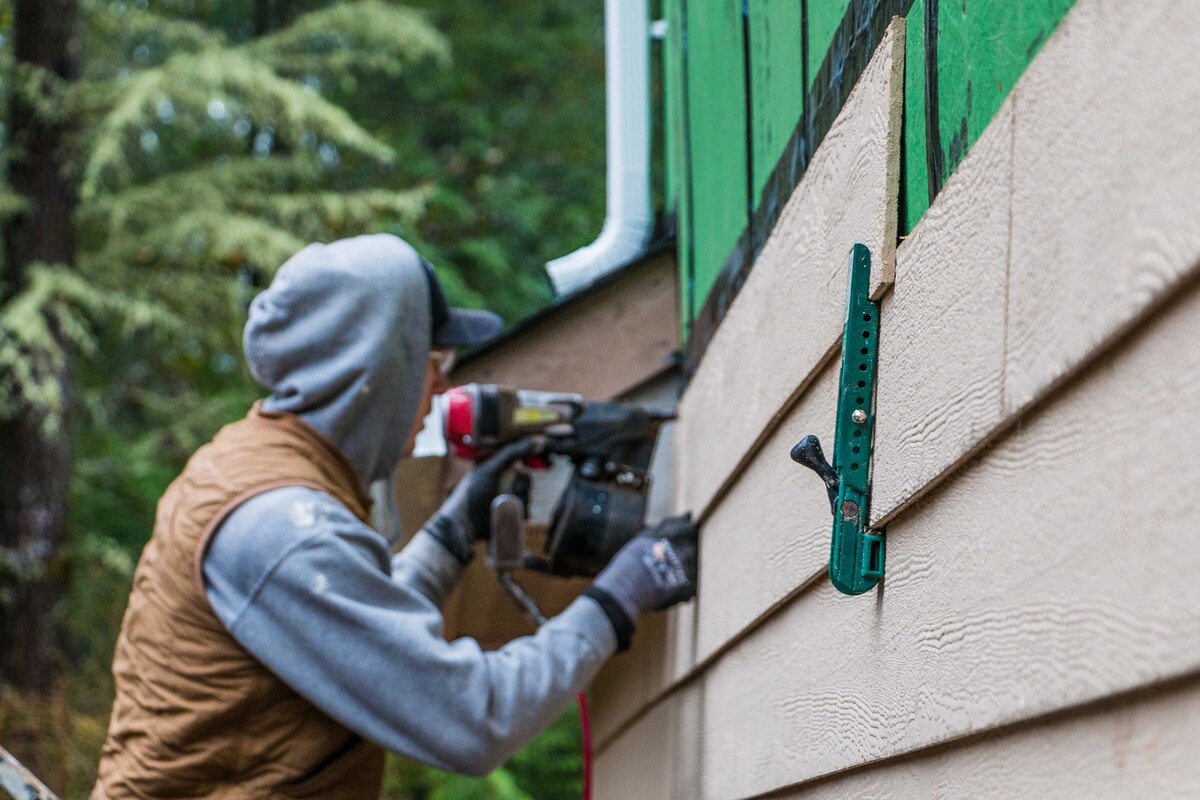
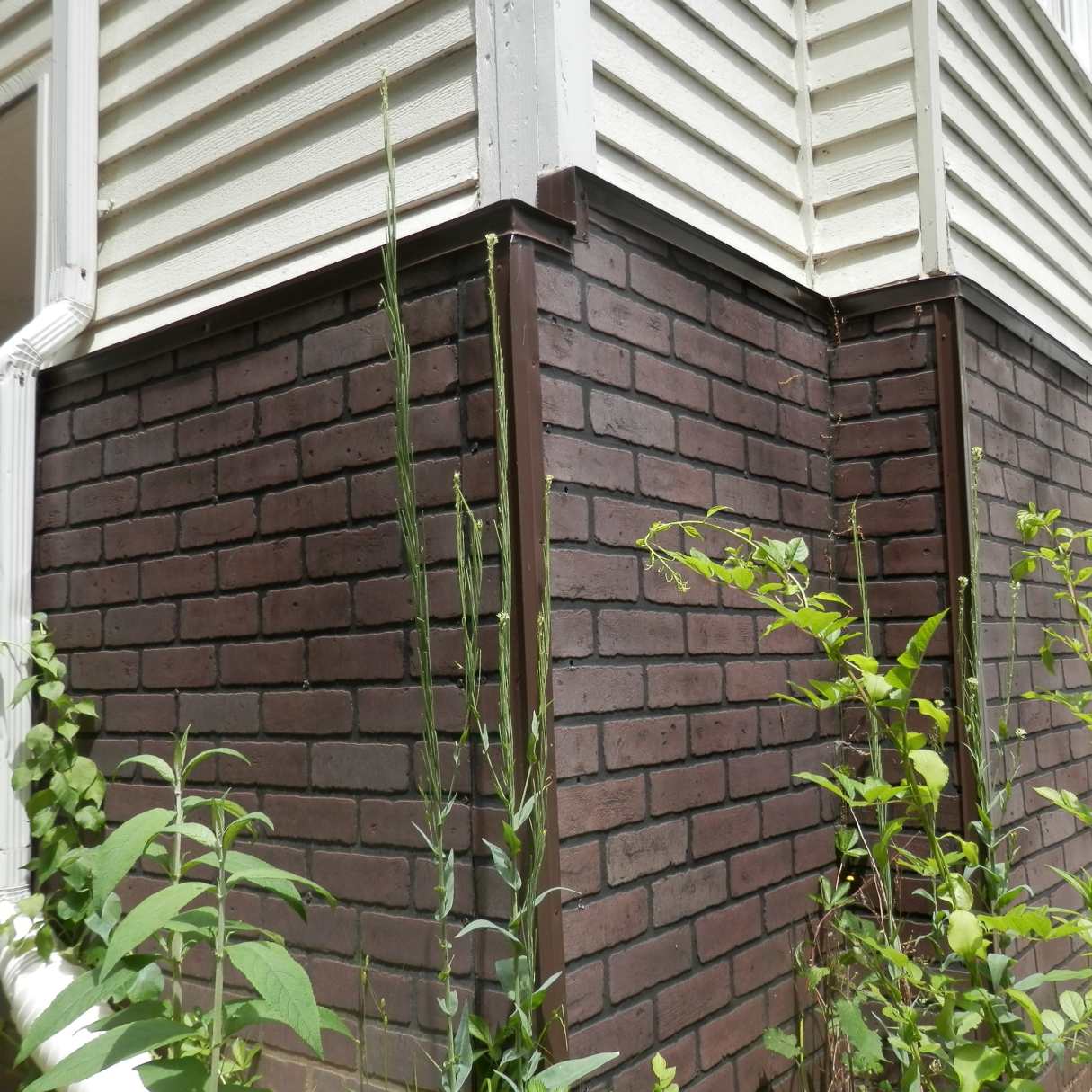
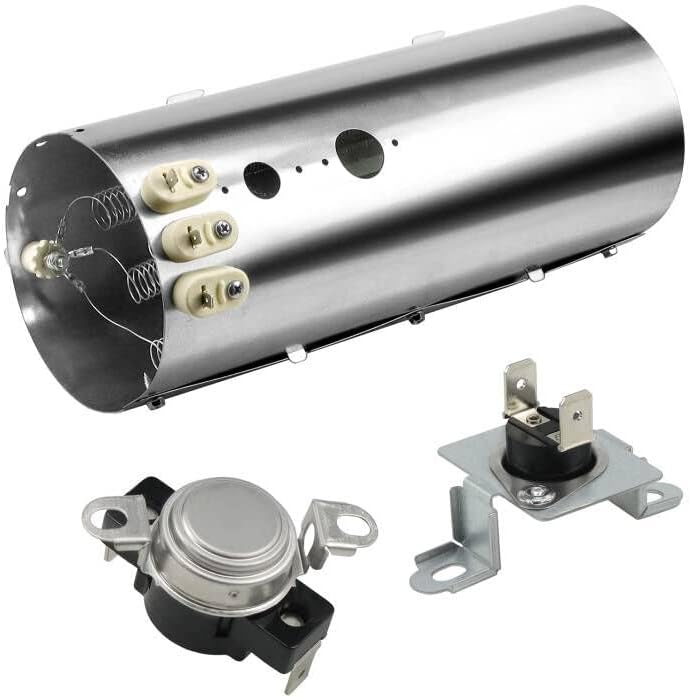

0 thoughts on “How To Replace The Passenger Side Air Heating Element In A 2013 Chevy Cruze”